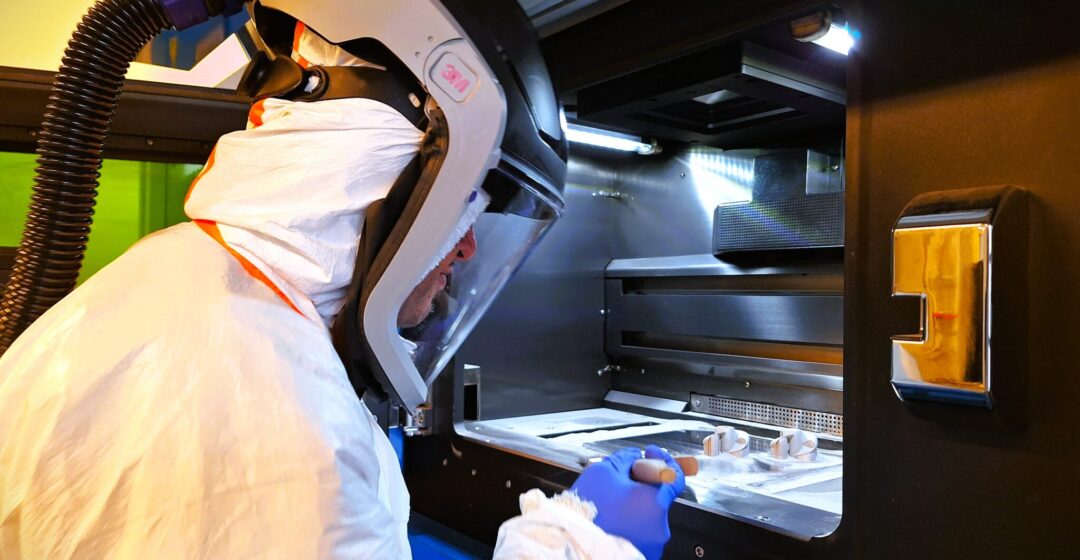Hybrid additive manufacturing has become increasingly important lately because it can blend the benefits of different production methods. The approach blends traditional subtractive manufacturing processes such as milling, turning, or grinding with additive manufacturing (AM), frequently referred to as 3D printing.
Certain businesses choose hybrid manufacturing because it provides many benefits in terms of flexibility, efficiency, and quality control. Different benefits stem from the combination of different approaches.
One of the key reasons for the growing importance of hybrid manufacturing is the ability to increase productivity while reducing production lead times.
Manufacturers can combine additive and subtractive processes to benefit from the speed and complexity advantages associated with AM but still retain the precision and surface polish capabilities associated with traditional machining. The combination of these processes allows the production of complex geometry with intricate features that would be challenging or time-consuming to produce using traditional methods alone.
Hybrid manufacturing has become essential in pursuing sustainability and environmental conservation. By material waste, energy consumption, and emissions associated with traditional manufacturing processes, hybrid techniques help to create a more environmentally friendly and sustainable production ecosystem. Furthermore, the capacity to recycle and reuse materials in additive manufacturing strengthens its environmental credentials. This is in line with worldwide initiatives to promote greener and more sustainable manufacturing processes.
For additive manufacturing specialists, integrating additive techniques with existing production processes opens possibilities for innovation and shared interests. By integrating AM experience with traditional machining, and forming, additive manufacturers may provide comprehensive solutions that cover a broader range of client demands and applications. This multidisciplinary approach generates synergies across several manufacturing disciplines while also encouraging continual progress and advancement in the sector.
In my initial research project, I am looking at hybrid additive manufacturing, with a particular emphasis on merging additive manufacturing with welding techniques. This study intends to merge additive manufacturing, with traditional welding techniques, potentially resulting in important technological advances in manufacturing processes.
Despite the challenges and uncertainty to come ahead, I am excited by the possibility of finding new insights and possibilities in this growing subject. My objective is to provide significant insights to the academic community and the larger manufacturing landscape through thorough testing.
Miguel Zamora Cordero
Laboratory Engineer and Doctoral Researcher
Metal Additive Manufacturing Laboratory
Industrial Management
University of Vaasa
mizamora(at)uwasa.fi
Metal Additive Manufacturing Lab
**
(Photo by Natalia Soczyńska)




